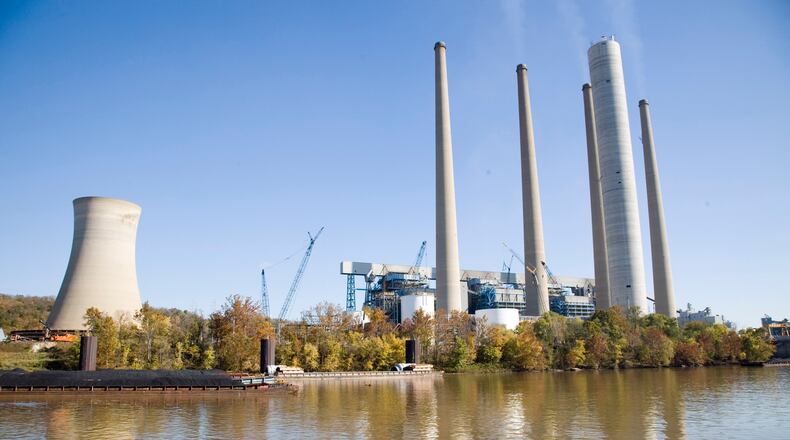The attorneys say there have been enough changes in DP&L’s business since the early 1990s where the company “is currently not earning a fair rate of return.”
RELATED: Should tax cuts mean lower electric bills? DP&L and others say no
Thursday was the deadline for Ohioans to comment on a state probe exploring whether electric utilities should lower rates in the wake of recent federal corporate tax cuts.
Everyone from consumer advocates to groups representing big Ohio manufacturers to the utilities themselves submitted comments to the PUCO on the idea.
In a Jan. 10 order, the PUCO said it wanted to examine whether power companies could “pass benefits resulting from the legislation (the tax package) on to rate payers.”
The recent federal tax cut lowers the tax rate for utilities from 35 percent to 21 percent.
RELATED: DP&L has given hints of financial stresses
Several Ohio utilities — Dayton Power & Light (DP&L), FirstEnergy, American Electric Power and Duke Energy among them — responded earlier this month asking the PUCO to clarify its order and its intentions.
“The (federal tax cut) is only one cost element among a vast number of other costs and revenues that DP&L faces in 2018 that are different from the costs and revenues that were applied when DP&L’s distribution base rates were last reset in 1993,” attorneys for DP&L said in a filing with the PUCO Thursday. “A response to a single variable — single-issue rate-making — is not authorized in Ohio except when explicitly authorized by statute.”
Further, the DP&L attorneys argued that previous testimony before the PUCO has shown that, “DP&L is not earning a reasonable rate of return and would need a distribution base rate increase of $65.8 million based on a test period of June 1, 2015 through May 31, 2016 in order to earn a reasonable rate of return.”
RELATED: DP&L owner to cut 160 jobs and appoint new CEO
Even after the federal tax cut, DP&L still needs higher rates, the lawyers told the PUCO.
“A revenue increase of about $55 million would still be needed for DP&L to earn a reasonable rate of return; eliminating any justification that could be offered for a single-issue rate reduction associated with the (federal tax cut),” they wrote.
Attorneys for big Ohio energy users, called the Ohio Energy Group, said in their filing that the PUCO’s legal authority to extract tax savings associated with base distribution rates “may be limited.”
But the group suggested that the PUCO explore whether electricity customers could get some savings through an annual review of “significantly excessive earnings.”
The Office of the Ohio Consumers Counsel is calling for rate cuts.
RELATED: Opponents say Senate bill would raise DP&L rates
“Ohio consumers can save many millions of dollars on their utility bills as a result of the Tax Cut Act,” the office said in its filing.
About the Author

